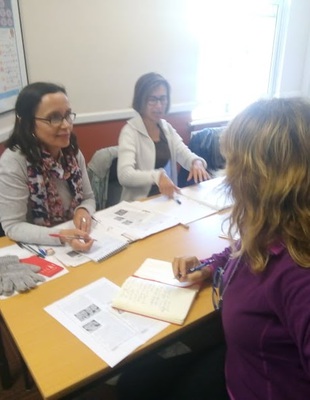In today's session we analyzed the concrete case of students with Fetal Alcohol Syndrome (FAS) problems, and discussed a set of strategies that should be developed in class in order to empower students with this problem.
A student with APS has difficulty maintaining goal-directed behaviors using information stored in working memory. The teacher can adopt strategies based on external visual guidance to manage their behavior. Knowing the difficulties and characteristics of these students, it is therefore important to define appropriate strategies that allow an effective pedagogical intervention.
The first thing to keep in mind is early intervention, because the later we intervene the more serious the student's difficulties can become. Much of the damage is permanent, however some may be mitigated by early intervention.
As far as the classroom is concerned, the learning environment should have a calm, quiet atmosphere with few distractions. Activities should follow a basic structure, starting with sensory exercises that allow the student to react to information that, by itself, they would not be able to look for.
Whenever possible,the teacher should give these students more time for each assignment, using mostly specific and functional activities through a personalized teaching and learning process and setting an appropriate pace for their development.
The education professional must be resilient to the SAF, an indispensable quality, insisting, depending on age, on the importance of addressing all artistic and expressive areas, as well as promoting routine daily activities.
Motivating the student's independence, by providing feelings of integrity and autonomy, should be an objective present in the class director's strategic plan. Seeking to establish a common program with the family is essential for the teacher working with SAF students.
To deal with the problem of concentration the student should sit continuously in the front seats of the room; Regarding the information to be recorded, it is ideal to provide a paper copy to the student to avoid being distracted while copying manually.
The teacher should consider positive reinforcement as a strategy to motivate these students in the continuity of the tasks. If for some reason the student does not show any results, one has to go in other directions and try something different, based on the assumption that the student always learns, even at different rates.

